Exploring the Sights
and Breweries of Nakadori
A 90-minute bullet train ride from the hustle and bustle of Tokyo takes you to Fukushima Prefecture's central Nakadori region, surrounded by vistas of rolling green plains and orchards nestled against a backdrop of hills and mountains.
Since ancient times, the region has been a significant artery connecting Japan’s northeast to the capital. Nakadori is also one of Japan’s premier sake making regions, home to several of Fukushima’s award-winning brewers. Check out this short journey of discovery where you can experience both the beauty of Fukushima’s rich cultural heritage and two interesting (and very different) sake breweries.
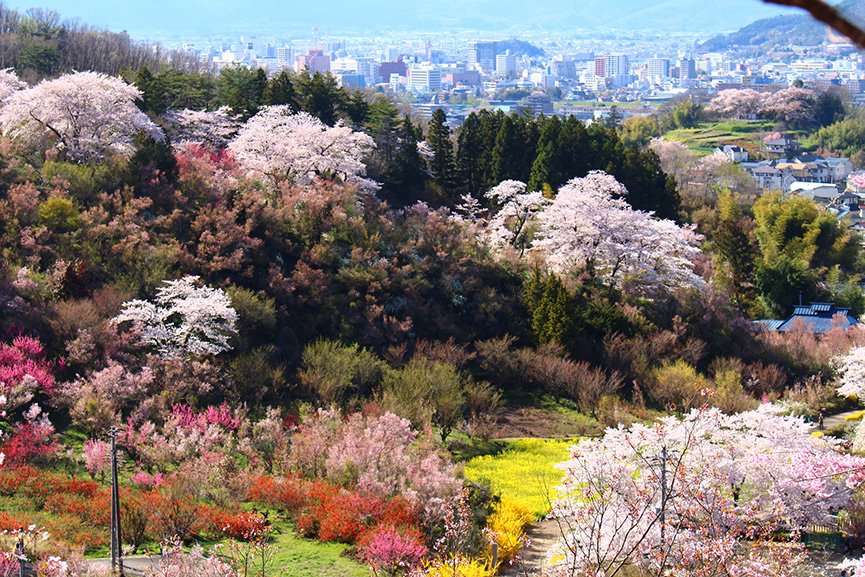
Nihonmatsu City
The first stop is the region’s historical hub, Nihonmatsu, a hilly former castle town famous for its autumn Chochin Matsuri festival, when thousands of bright red lanterns light up the night sky. Walking through the streets of Nihonmatsu feels like traveling back in time, as most of the city’s traditional architecture is still intact.
Nihonmatsu was one of the first towns in the Nakadori region to take up sake production in the 17th century. Sake brewing is just one of several industries that flourished in the region, including handmade paulownia chests, swords, and bankoyaki pottery. It takes under 30 minutes to get to the city on the JR Tohoku Honsen line from the bullet train stop at Koriyama Station. Much of Nihonmatsu can be accessed by foot, local buses, or taxis.
No visit to the city would be complete without a stroll around the castle. Sadly, the original structure was destroyed during the Boshin War (1868–1869), but some parts have been restored and the ruins turned into a beautiful, well-kept park. The great Minowa gate, which was rebuilt in 1982, offers a glimpse of the castle’s former majesty.
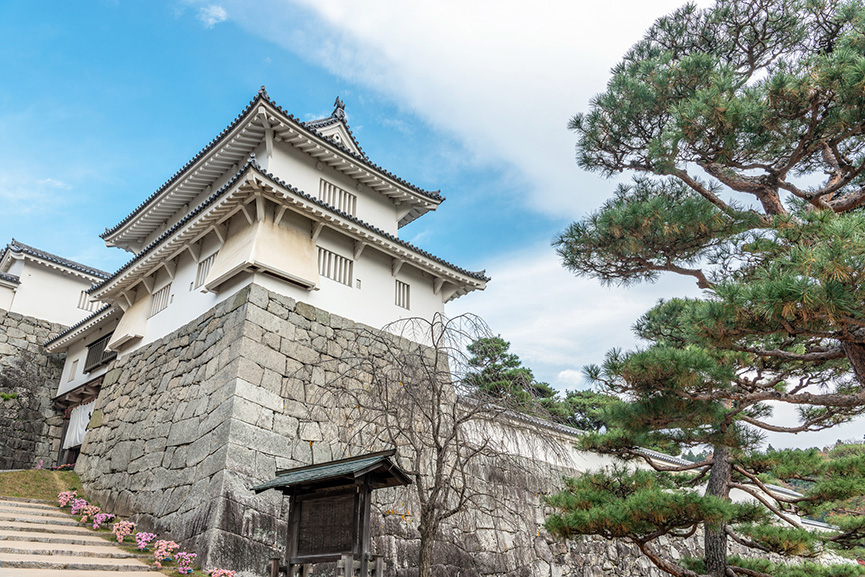
It is sometimes known as the “misty castle,” as in the spring it appears to rise out of a pink cloud when 1000 cherry trees bloom along the ramparts.
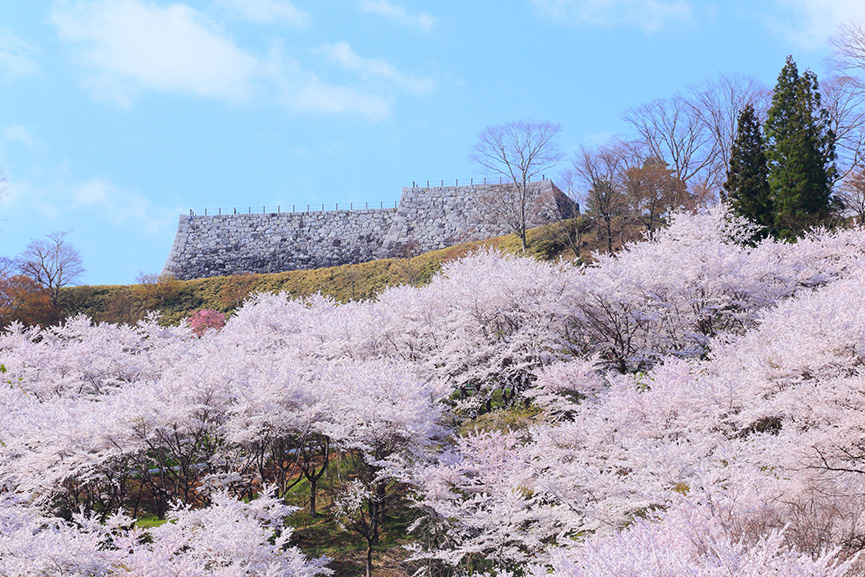
After exploring the park’s ponds, waterfall, and tea house, it’s time to quench your thirst with some sake at the Daishichi sake brewery, masters of an ancient sake making technique.
Located just a 15-minute stroll from the park's main entrance, Daishichi boasts a history of over 270 years. Today the brewery is run by Hideharu Ohta, the 10th generation of the founding Ohta family.
Like many sake producers in the region, previous generations often travelled to major brewing areas, such as Nada in Kobe, to study their techniques. One of these is the old-fashioned and highly labour intensive kimoto method, which is still the cornerstone of Daishichi’s brewing style today. They are now considered one of Japan’s kimoto masters. This method produces a cleaner, drier sake that works well with the mineral rich underground water from nearby Mt. Adatara. The minerals help create a robust fermentation, key to the firm structure of the brewery’s sake.

The brewery offers two paid tours per day that run around 60~90 minutes, including a tasting of 5~7 of their sakes. Tours of the brewery facilities are only available outside the brewing season (late autumn to early spring) and are conducted in Japanese, with an English-speaking interpreter available upon request.
After the tour and tastings, you are sure to feel peckish, so be sure to try some local dishes like zakuzaku, a hearty (and healthy!) vegetable-filled soup.
Motomiya City
A short train ride from Nihonmatsu, Motomiya is a river city located almost exactly in the center of Fukushima Prefecture. It was once the starting point of the Aizu Kaido trading route, and the many rivers that flow through the city have earned it the nickname “Blue Town”.
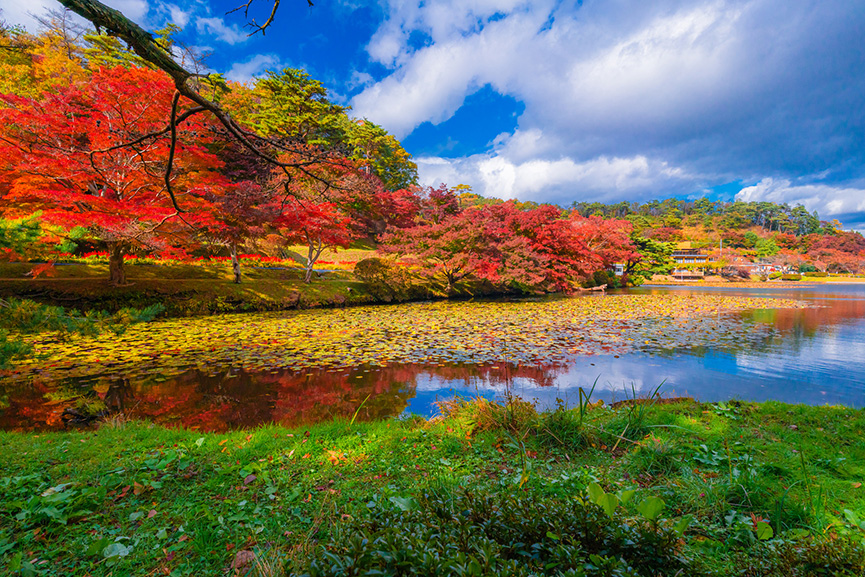
Take a short walk from Motomiya Sation along a photogenic retro street to the Daitengu Shuzo brewery, marked by its tall brick chimney. Tengu are supernatural creatures from Japanese folklore, recognizable by their red faces, long noses, and intimidating stare. The brewery’s sake bottles are often adorned with this imposing legendary figure, and you can see tengu masks around the brewery.
At the helm is master brewer Saori Kobari, the eldest of three sisters. Although she has updated the brewery’s signature style to appeal to a wider audience in recent years, she is still focused on maintaining its connection to the local community. Handmade in small batches, almost all their sake is consumed within Fukushima Prefecture, and it plays a pivotal role at the yearly festival held at Adatara Shrine.
Brewery tours require advanced bookings. The tours are provided in Japanese with panels showing the sake making process via photographs. There is also a shop where they sell all their various brews and even some sweets made by a local pâtissier who uses their koji in desserts.
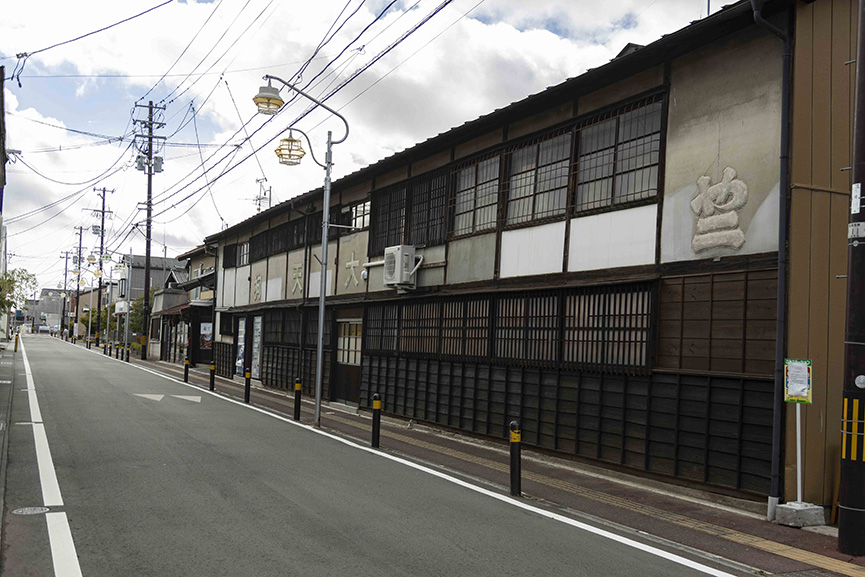
If you want to explore further, hop on the JR Banetsu line, and go visit the Abukuma Caves.
Over millions of years, the same underground streams that provide pristine water for the region’s sake breweries have created some impressive geological features. This massive 3000-meter-long network of limestone caves was discovered in 1969. Here you can see some of the greatest stalactites and stalagmites in Asia, illuminated by rainbow lighting for dramatic effect. Across from the mouth of the cave there are restaurants, a planetarium, an observatory, and a gift shop selling wine matured in the caves.
It takes under 2 hours by train and taxi to get to the caves, from Motomiya Station via the nearest station of Kanmata.

If you prefer to skip the caves, the Nakadori area is also famous for its hot springs. A number of these offer day passes for a quick dip in the steaming waters. ‘One of the most popular is Takayu Onsen, accessible by bus from Fukushima Station. The healing waters of this over 400-year-old town bubble up from 10 different springs, and there a number of ryokan inns where you can relax in the milky blue waters, surrounded by the quiet majesty of the Azuma Mountains.
If you are headed for Aizu Wakamatsu, be sure to check out our recommended sightseeing and sake tasting route for the historical samurai city!
